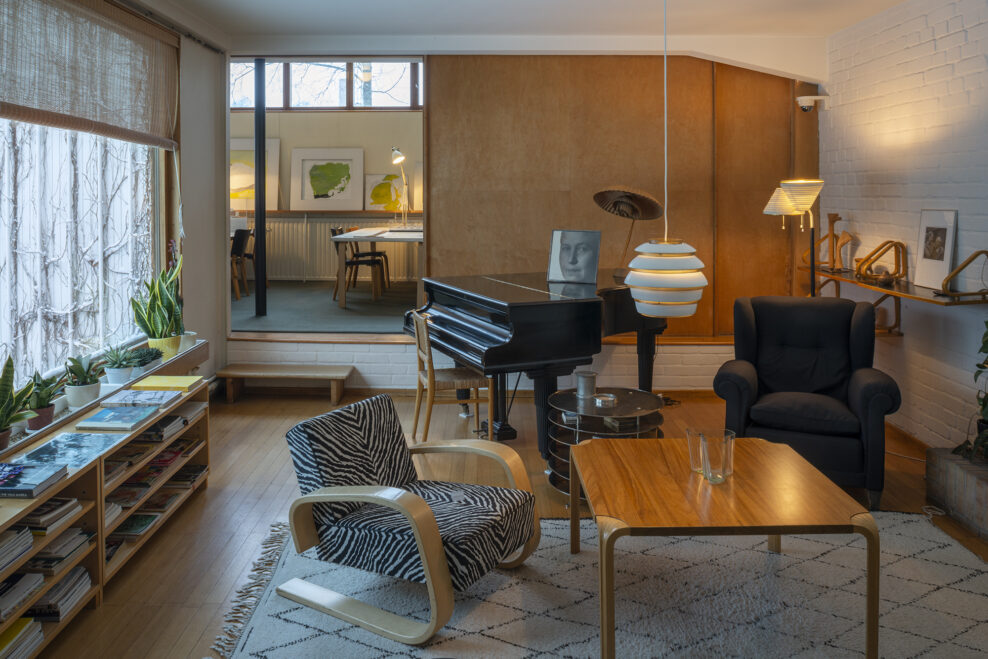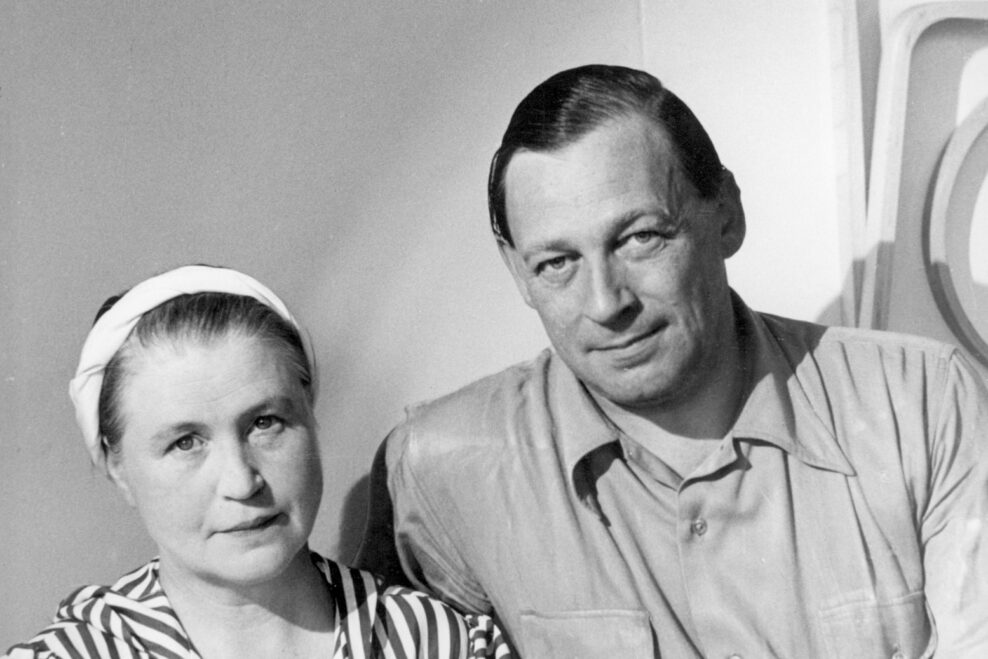
News
Significant Aalto exhibition opening at the Serralves Museum, Portugal
14.7.2025
Read more
24. 11.
Monday
25. 11.
Tuesday
26. 11.
Wednesday
27. 11.
Thursday
28. 11.
Friday
29. 11.
Saturday
1. 12.
Monday
2. 12.
Tuesday
3. 12.
Wednesday
4. 12.
Thursday
5. 12.
Friday
6. 12.
Saturday
8. 12.
Monday
9. 12.
Tuesday
10. 12.
Wednesday
11. 12.
Thursday
12. 12.
Friday
13. 12.
Saturday
15. 12.
Monday
16. 12.
Tuesday
17. 12.
Wednesday
18. 12.
Thursday
19. 12.
Friday
20. 12.
Saturday
22. 12.
Monday
23. 12.
Tuesday
24. 12.
Wednesday
25. 12.
Thursday
26. 12.
Friday
27. 12.
Saturday
29. 12.
Monday
30. 12.
Tuesday
31. 12.
Wednesday
1. 1.
Thursday
2. 1.
Friday
3. 1.
Saturday
5. 1.
Monday
6. 1.
Tuesday
7. 1.
Wednesday
8. 1.
Thursday
9. 1.
Friday
10. 1.
Saturday
12. 1.
Monday
13. 1.
Tuesday
14. 1.
Wednesday
15. 1.
Thursday
16. 1.
Friday
17. 1.
Saturday
19. 1.
Monday
20. 1.
Tuesday
21. 1.
Wednesday
22. 1.
Thursday
23. 1.
Friday
24. 1.
Saturday

Alvar Aalto (1898–1976) is one of the most important figures in architectural history, and this exhibition will showcase the extensive body of work he created with his two wives, Aino (1894–1949) and Elissa (1922–1994). The Aaltos revolutionised the humanist aspect of modern architecture by grounding it in an organic connection to nature, producing countless designs in the process.
Between the two world wars, the Aaltos helped to create an identity for the young Finnish nation. They participated in the International Congresses of Modern Architecture and the Paris and New York exhibitions, and designed masterpieces such as the Viipuri Library (now in Russia), Villa Mairea in Finland, Baker House in the United States and Maison Carré in France.
Following the introduction of antibiotics, their Paimio Sanatorium set an example to the world by demonstrating how spaces could be made healthier and more accessible, through studies of solar incidence, natural ventilation and silent washbasins. The series of thirteen Finnish Aalto-designed buildings has been proposed to the UNESCO World Heritage List, including Paimio Sanatorium.
The exhibition showcases large amount of Alvar Aalto museum´s collection pieces – over 150 architectural drawings and scale models, as well as numerous photographs. The exhibition is curated by the Portuguese architect, António Choupina.
Aino and Alvar Aalto in New York, 1938. Photo Herbert Matter. Courtesy of the Department of Special Collections, Stanford University Libraries.